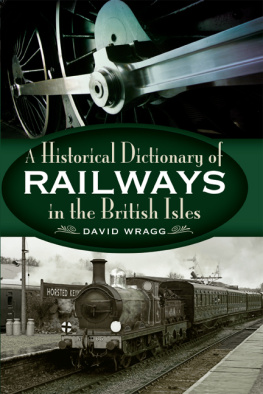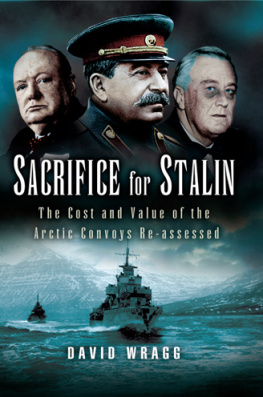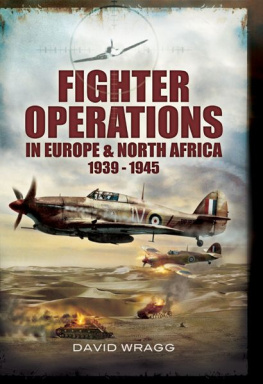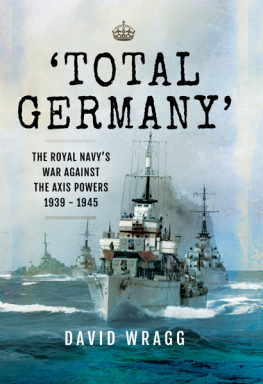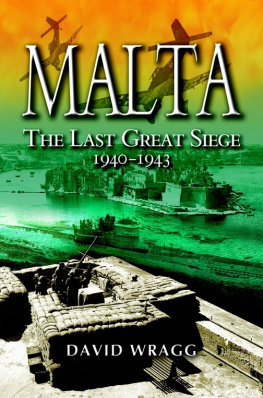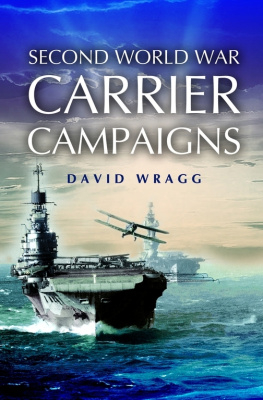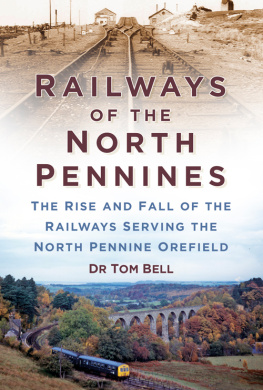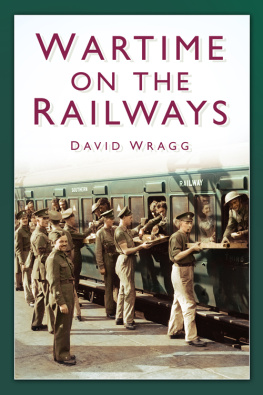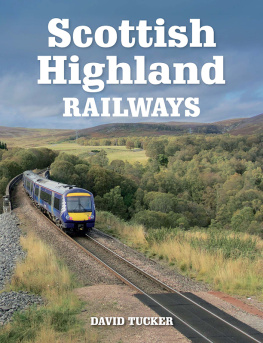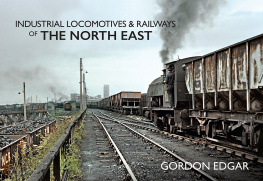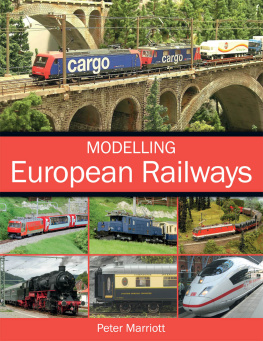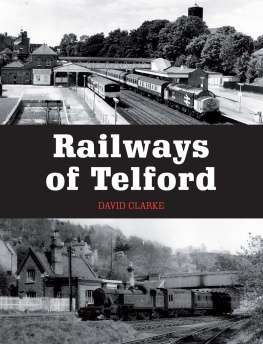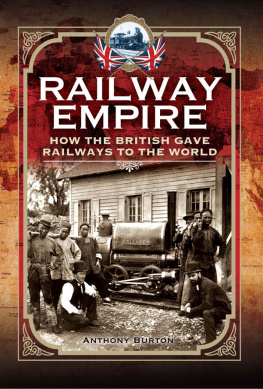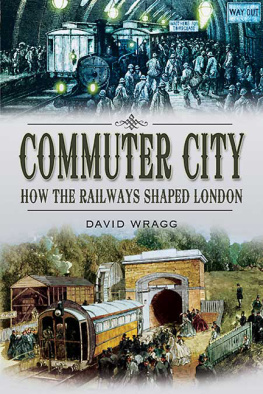

Architect of mainline railway electrification, Sir Herbert Ashcombe Walker (1868-1949) has been regarded by many as one of the greatest railwaymen of all time, and was famous for ensuring that projects were always good value for money. (NRM BTC collection 3592/64)

First published in Great Britain in 2009 by
Wharncliffe Local History
an imprint of
Pen and Sword Books Limited,
47 Church Street, Barnsley,
South Yorkshire. S70 2AS
Copyright David Wragg, 2009
ISBN: 978 1 844680 47 4
eISBN: 9781844683031
The right of David Wragg to be identified as
Author of this Work has been asserted by him
in accordance with the Copyright, Designs and Patents Act, 1988.
A CIP catalogue record of this book is available from the
British Library.
All rights reserved. No part of this book may be reproduced, stored in a
retrieval system, or transmitted, in any form or by any means, electronic, mechanical,
photocopying, recording or otherwise, without the prior permission in writing of the
publishers.
Typeset in Sabon by
Pen and Sword Books Ltd
Printed in the United Kingdom by
Biddles
Pen & Sword Books Ltd incorporates the imprints of
Pen & Sword Aviation, Pen & Sword Maritime,
Pen & Sword Military, Wharncliffe Local History, Pen & Sword Select,
Pen & Sword Military Classics and Leo Cooper.
For a complete list of Pen & Sword titles please contact:
PEN & SWORD BOOKS LIMITED
47 Church Street, Barnsley, South Yorkshire, S70 2AS, England.
E-mail: enquiries@pen-and-sword.co.uk
Website: www.pen-and-sword.co.uk

Under Midland Railway ownership, the Belfast & Northern Counties Railway became the Northern Counties Committee, an arrangement continued by the LMS after grouping. This 2-6-4T locomotive was built by the LMS for the NCC in 1947, and is in working preservation today. (Irish Steam Railway Preservation Society)
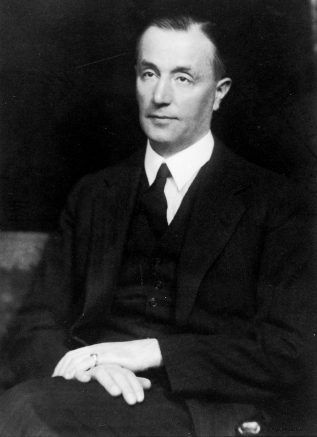
Oliver Bulleid is remembered for his wide-bodied passenger carriages and for his air-smoothed Merchant Navy, Battle of Britain and West Country locomotive classes, but he left after nationalisation, angered by the rebuilding of his locomotives. (NRM 119/97)

When first opened in 1900, the Central London Railway, predecessor of todays Central Line, used electric locomotives to haul its trains, as well as overhead wires in the sidings, but the locomotives caused vibration in buildings along the route. (London Transport Museum)
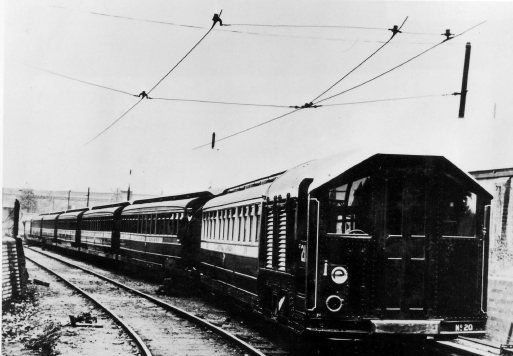
They were replaced by Britains first multiple unit trains in 1903, the ancestor of the modern tube train, using the third rail system in the tunnels until modernised and converted to the standard London third and fourth rail system in the late 1930s. (London Transport Museum)
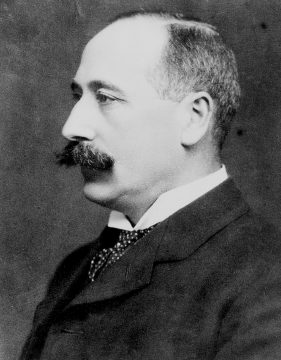
Churchward was chief mechanical engineer for the Great Western before and after grouping and built Britains first Pacific locomotive, The Great Bear , although he is supposed never to have liked it and later converted it to a Castle-class 4-6-0. He also built 70-ft long carriages renowned for their comfort. (NRM 2086/76)
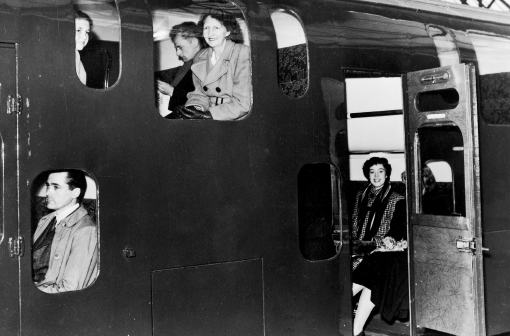
Double-deck trains seem an obvious way to carry more passengers without lengthening platforms, but the British loading gauge imposes limitations of its own. This is one of Bulleids two experimental double-deck electric multiple units, showing how upper and lower deck compartments were interleaved. (NRM 548/83)
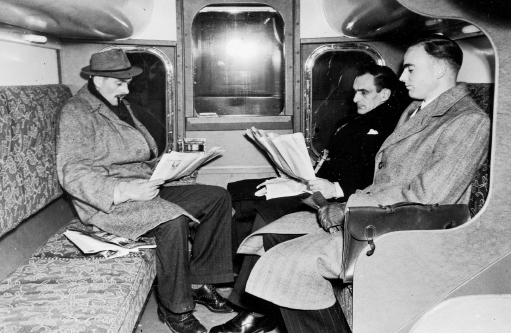
An interior shot shows just how passenger accommodation was compromised with low headroom: in the foreground the steps to the upper level can just be seen. Ventilation on the upper deck was another problem. (NRM 58/98)

The East Coast Main Line was developed by three different companies, the Great Northern, North Eastern and the North British, later joined by the Midland, but collaboration ensured seamless end to end running and later its own dedicated passenger rolling stock. This is a 1922 advertisement. (Bradshaw)

Nor were services between London and Scotland the sole aim, as Edinburgh and Newcastle were linked to the South Coast and South Wales, and with Truro and Penzance in Cornwall, something which later saw close collaboration between the LNER and the GWR. (Bradshaw)
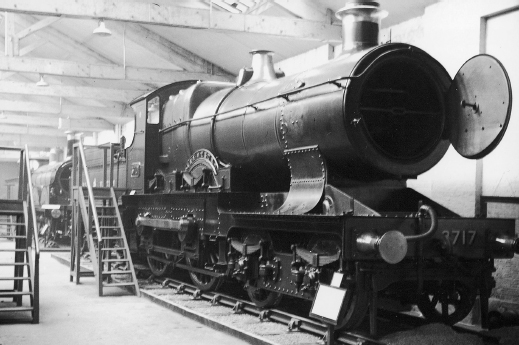
Although the speed record was unofficial, later verification suggests that the GWR 4-40 locomotive, City of Truro, really was the first to run at more than 100 mph. She was also amongst the first to be preserved at York, seen there in 1938. (HMRS ACW234)

The supreme accolade for any locomotive designer must be to have one of his creations named after him, and this is Sir Nigel Gresley with the eponymous A4 locomotive. (NRM DON/313)
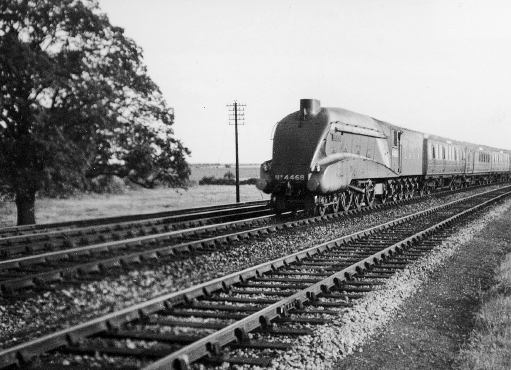
Even during the 1930s, Britains railways were being challenged by their European, and especially German, counterparts in terms of high speed scheduled services, but the speed record of 126 mph set by Gresleys famous A4 Pacific Mallard , remains unbroken by a steam engine. (HMRS AEU 528)
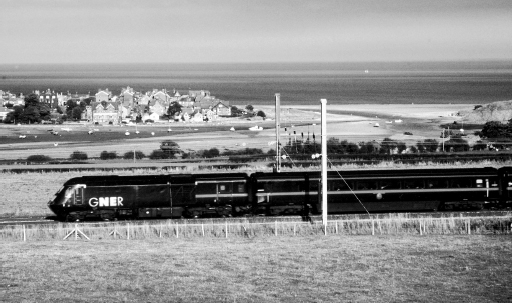
Many years later, the Inter-City 125 or High Speed Train, also set a world speed record for diesel traction, which remains unbroken. (GNER/Rail Images)

Next page
